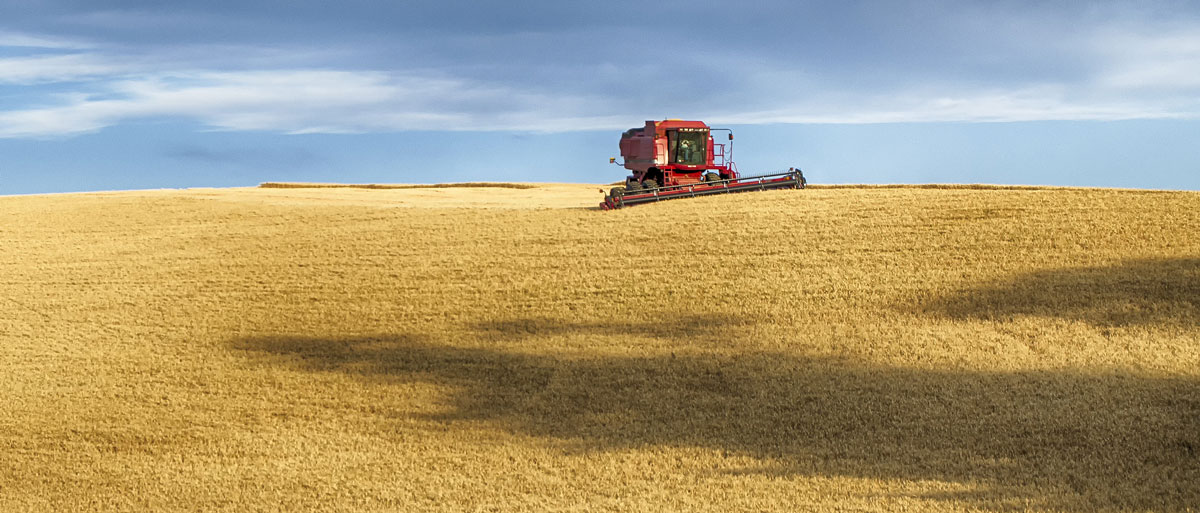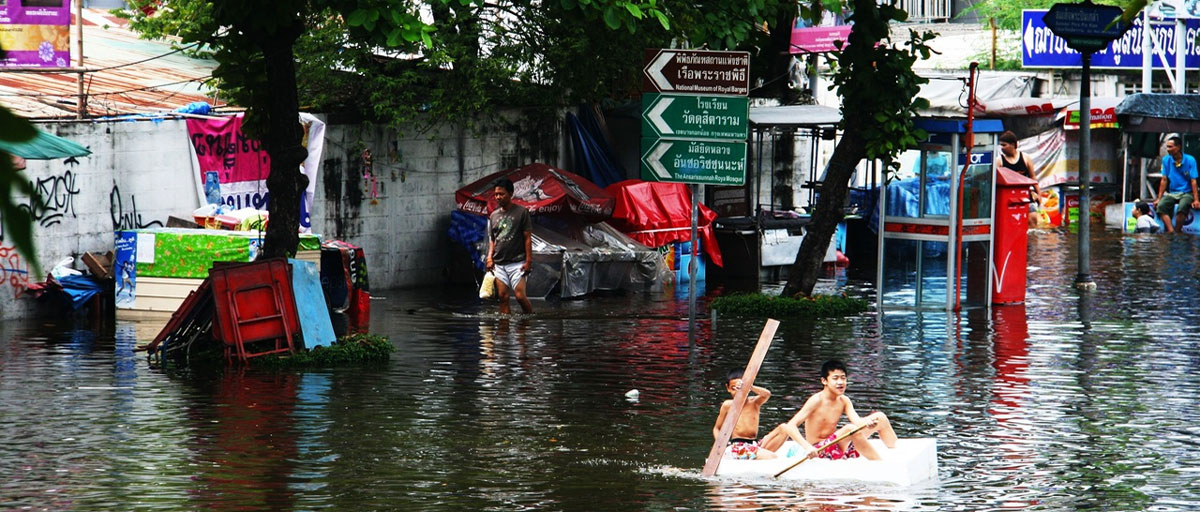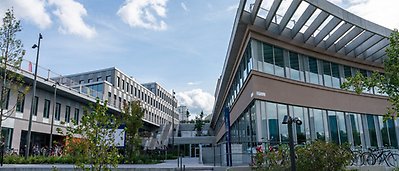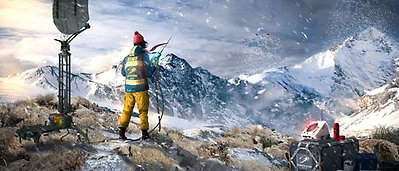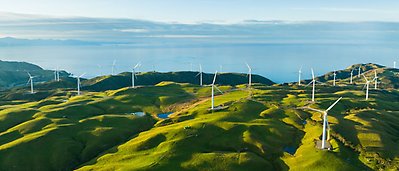Bildtext får vara max två rader text. Hela texten ska högerjusteras om den bara ska innehålla fotobyline! Photo: B. Christensen/Azote
WEATHER AND FOOD SECURITY
How extreme heat events threaten global food security
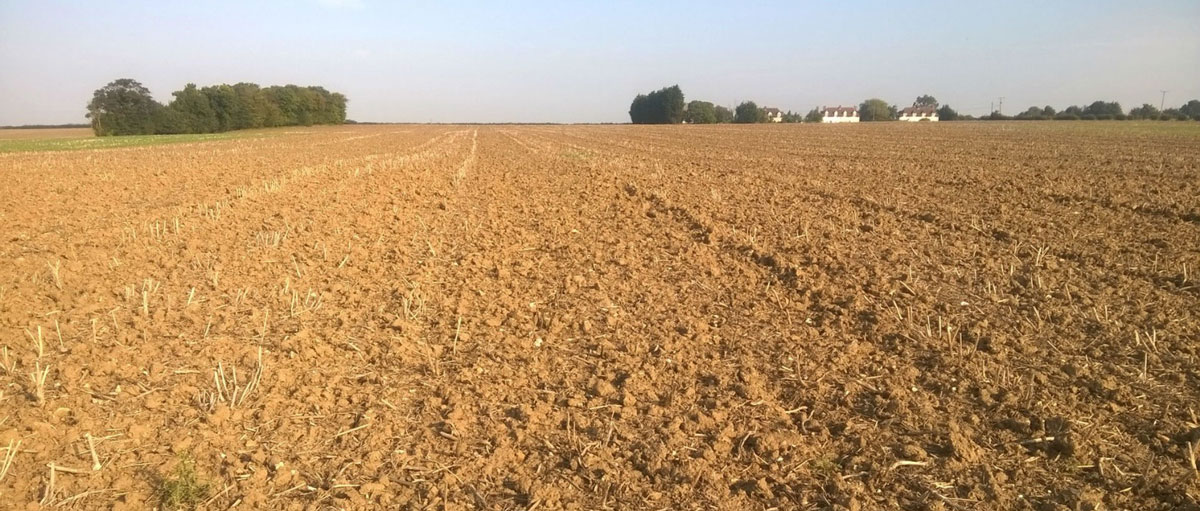
Simultaneous extreme heat events in specific regions in the northern hemisphere may not happen accidentally. Rather, their occurrence is dependent on specific types of Rossby waves – large atmospheric undulations associated with the jet stream which separate cold polar air from warm tropical air. Photo: PxHere
- Extreme heat events in specific regions in the northern hemisphere may not happen accidentally
- Their occurrence is dependent on specific types of Rossby waves – large horizontal atmospheric undulations associated with the jet stream and which separate cold polar air from warm tropical air
- The regions affected by waves 5 and 7, such as the United States, France, and Russia, account for a major fraction of global food production
And why they can occur simultaneously in distant world regions
INTENSIVE WAVES OF HEAT: Extreme weather events have been occurring with increasing frequency in the past decades due to anthropogenic global warming, threatening global food production and posing a risk to societies worldwide.
Droughts, increased rainfall and other disturbances to usual climatic conditions have further been observed to occur simultaneously in different countries, suggesting the existence of teleconnections across distant world regions.
In a letter recently published in Nature Climate Change, centre researcher Jonathan F. Donges joined Kai Kornhuber from Colombia University and an international team of colleagues to demonstrate how these simultaneous extreme heat events in specific regions in the northern hemisphere may not happen accidentally.
Rather, their occurrence is dependent on specific types of Rossby waves – large horizontal atmospheric undulations associated with the jet stream and which separate cold polar air from warm tropical air.
The probability of stronger and more widespread heat events increased in the presence of amplified waves specifically for heat events co-occurring in more than one region.
Jonathan Donges, co-author
Impacts on global crop production
By statistically analyzing the occurrence of simultaneous heat events and their relation to Rossby wave patterns, the authors show that during periods of amplified type 5 and type 7 Rossby waves, cold and warm extremes occur more frequently across the northern hemisphere.
The agricultural sector will be particularly vulnerable to the impacts of such extreme events.
The regions affected by waves 5 and 7, such as the United States, France, and Russia, account for a major fraction of global food production.
Simultaneous heat waves and associated declines in production in these region risk triggering shocks in global food supply and food prices.
The authors suggest that even without changes in wave patterns, the intensity of heat events associated with those waves will most likely be amplified due to increasing global mean temperatures.
“Our study highlights the risks of the impacts of identified wave patterns on global and regional crop yield variability in the current climate, but further researched is needed to quantify those risks”, the authors conclude.
Podcast: The role of food in the pandemic: food security, shocks and transformations
Methodology
The authors first quantify the importance of amplified Rossby waves for heat events in single regions. Using coincidence analysis introduced by centre researcher Jonathan Donges and others, they then assess how the probability of extreme heat waves occurring simultaneously in several regions relate to the occurrence of the identified Rossby wave patterns. The impacts of wave-5 and wave-7 events on annual crop production in countries within the identified regions are then assessed using a composite approach introduced by Lesk and others.
Kornhuber, K., Coumou, D., Vogel, E., Lesk, C., Donges, J.F., Lehmann, J., Horton, R.M. 2020. Amplified Rossby waves enhance risk of concurrent heatwaves in major breadbasket regions. Nature Climate Change, 10, 48–53 (2020). https://doi.org/10.1038/s41558-019-0637-z
For more information about the publication, please contact co-author Jonathan Donges.
